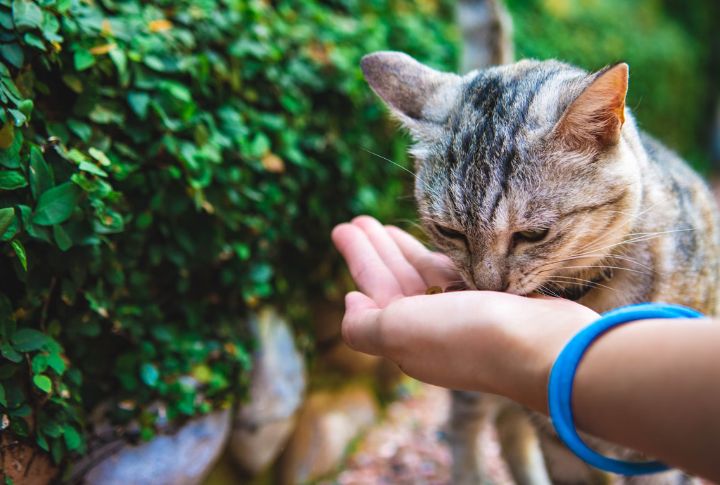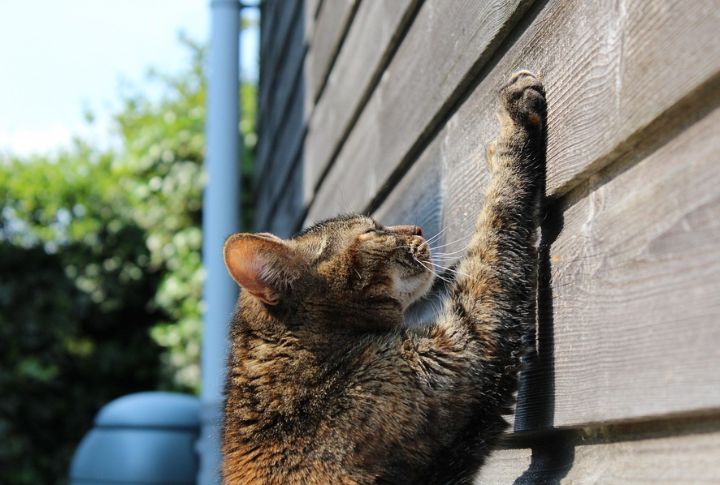
Bringing home a stray cat is like opening a mystery box—you never know what habits or surprises await. Some quickly claim a spot on your couch, while others hide under it for days. What makes the transition easier? The following little tidbits may make all the difference.
Understanding Stray Versus Feral Cats

Not all outdoor cats are the same. Strays mostly have lived with humans before but have been abandoned or lost, while feral felines are born and raised and grow up wild with little human contact. Strays can often be rehabilitated into pets, whereas adult ferals may struggle to adjust to indoor life unless they are adopted as kittens under 8 weeks.
Gaining Trust Takes Time

Stray cats have experienced unpredictable situations that make them wary of humans. At first, they may hide or hiss to avoid direct interaction. Sit with them quietly nearby and offer food, which lets them set the pace for interaction and helps build trust. Some kittens take days, and adult cats can take months to feel comfortable.
Nutrition Needs Are Unique

Unlike house cats, strays have often survived on scraps or hunting. Malnourished ones may need high-calorie food, while those used to scavenge might have sensitive stomachs. Gradually introduce quality food to avoid digestive upset and ensure clean water is always available to prevent dehydration.
Health Issues Require Immediate Attention

Life on the streets exposes them to parasites and diseases, so veterinary care is an urgent priority. Check for fleas, worms, and serious conditions like feline leukemia. Even one that appears healthy could be hiding issues, which makes a thorough series of tests and vaccinations necessary before introducing them to other pets.
Litter Box Training Needs Time

Some strays have never used a litter box, while others may need reminders. Please place them in a quiet area with an accessible litter box filled with unscented litter. They instinctively bury their waste to mask the smell from predators. Patience and consistency for those unfamiliar with indoor habits will help train them faster.
Territorial Instincts May Surface

Cats rely on scent marking to feel secure. Adjusting to new surroundings, a stray may rub against furniture, scratch surfaces, or spray on things before settling in. Provide scratchy posts and give them their own space to adjust to ease the transition. Pheromone diffusers also help create a calming environment.
Emotional Adjustment Varies

A cat’s history influences its response to new people. Some strays quickly adapt, while others struggle with fear. Speaking softly and a healthy use of treats can encourage a sense of security. A 2020 study published in the Journal of Feline Medicine and Surgery found that positive reinforcement reduces feline stress and promotes social behaviors in strays.
Escape Attempts Are Common

Those accustomed to roaming may try to find their way back outside. Keep windows and doors securely closed, and consider the use of a catio or leash training for safe outdoor access. Engage them with cat trees and puzzle feeders to redirect their energy indoors and reduce escape attempts.
Household Sounds Can Be Overwhelming

Strays may be unfamiliar or have forgotten everyday indoor noises, from the hum of appliances to loud TV sounds. Introduce these sounds gradually, starting with low volumes, and pair them with positive experiences like feeding time, which can prevent anxiety and help them adjust to home life.
Introducing Other Pets Requires Patience

Cats are naturally territorial and may not immediately accept another feline or dog. Before a face-to-face introduction, begin with scent swaps of exchanged bedding or other belongings. Gradually allow supervised meetings and reward calm behavior. Rushing the introductions can lead to stress and territorial disputes, so slow introductions work best.

